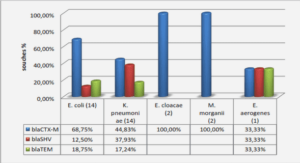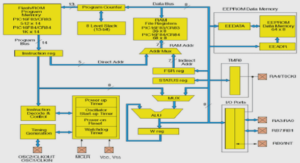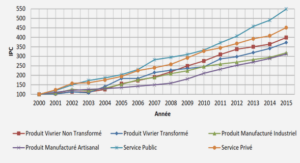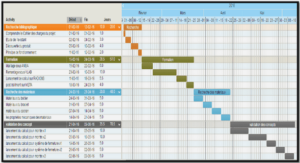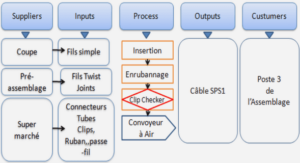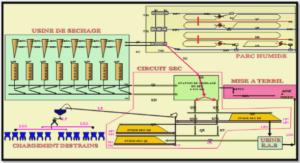Neonatal morbidity and mortality
Study population
Between January 2009 and December 2013, 836 liveborn infants delivered before 34 weeks GA were hospitalised in the Angers University Hospital Neonatal Intensive Care Unit. Among these infants, 68 had not been included in the LIFT cohort due to parental refusal, or to parental domiciliation outside of the Pays de la Loire Region. Next, of the 768 infants included in LIFT, 25 presenting with a malformative syndrome were excluded, along with 40 infants for whom data were missing. The analysis of neonatal morbidity and mortality thus involved 703 infants. 37 infants died before discharge and 93 were lost of follow-up before their second year (secondary refusal or moved away from the Pays de la Loire Region). The analysis of 2-year neurodevelopment thus involved 573 infants . In order to ensure optimum comparability between infants born after AC and those conceived spontaneously, the infants were matched: Figures 2 and 3 show population comparability before and after matching according to propensity score and Standardized Differences.
Neonatal morbidity and mortality
The characteristics of the 703 infants included in the study and of the 184 matched infants for the analysis of morbidity and mortality are presented in Table I. In the overall population, 43.2% of infants were born very preterm (between 28 and 31 weeks GA) and 15.1% were extremely preterm (born before 28 weeks GA). In the overall population, 137 infants (19.5%) were born after AC. Most of them, 76 (55.5%), had been conceived by IVF±ICSI. In the post-matching population, of the 92 infants born after AC, 55 (59.8%) were conceived by IVF±ICSI. Twins were more highly represented in the matched population than in the overall population (54.3% versus 33.0%). Infants with mothers aged between 16 and 24 years were less highly represented in the matched population than in the overall population (6.5% versus 17.4%).
2-year neurodevelopmental outcome
The characteristics of the 573 infants followed at 2 years and of the 154 infants matched for 2-year neurodevelopment analysis are presented in Table III. Twins were more highly represented in the matched population than in the overall population (50.6% versus 34.0%). Among the 573 infants followed at 2 years, 85 (14.8%) were regarded as having an overall “non-optimal neurodevelopmental outcome”. AC was significantly associated with a reduction in the probability of non-optimal neurological development at 2 years: aOR 0.26, 95% CI [0.09, 0.80], p=0.019. Following the matching procedure, there was no association between neurological development at 2 years and the adjustment variables, in particular birth gestational age, treatments received during pregnancy and the mother’s socio-economic status.
|
Table des matières
LISTE DES ABREVIATIONS
AUTHORS AND AFFILIATIONS
ABSTRACT
ARTICLE
1. Background
2. Methods
2.1. Study population
2.2. Primary outcome
2.3. Secondary outcome
2.4. Statistical analysis
2.5. Ethical statements
3. Results
3.1. Study population
3.2. Neonatal morbidity and mortality
3.3. 2-year neurodevelopmental outcome
4. Discussion
5. Conclusion
BIBLIOGRAPHIE
LISTE DES FIGURES
LISTE DES TABLEAUX
TABLE DES MATIERES
ANNEXE
![]() Télécharger le rapport complet
Télécharger le rapport complet

